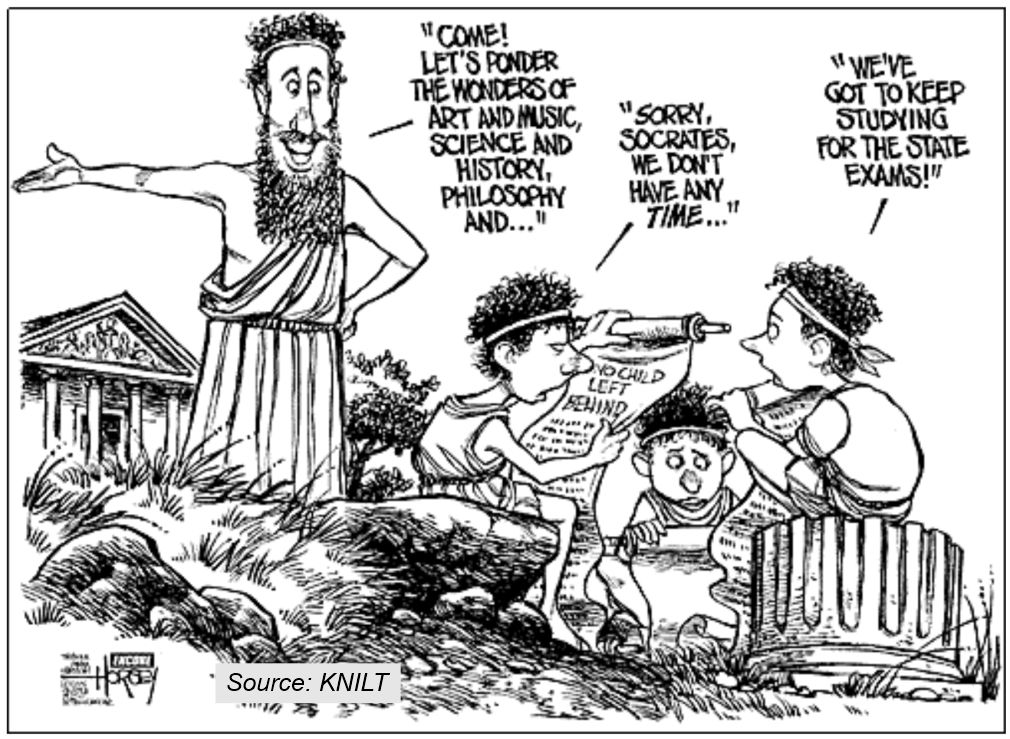
Technology has become a central component of our everyday human operation. We live in a society where our demands can be met with the mere click of a button or the scroll of a thumb – it’s undeniable that technology has altered the world we once knew. And in Nigeria, a nation rich in natural resources and skilled talent, this is no exception. Of Nigeria’s total population, almost 60% are youth. They are digital natives who have access to a diverse new world at their fingertips, a world that we have barely begun to tap into ourselves. They’re connected. They’re tech-savvy. They’re creative. And they possess digital skills that provide them with ample opportunities to create and share new experiences with the world.
SIMILAR ARTICLES: Winning the future with greening education
Technology and Education
Education in Africa
In recent years, we have observed the changes that engineering, tourism, commerce and construction industries have encountered due to the evolution of technology. Over three billion businesses worldwide utilise technology and social media, resulting in vast improvement of organisational systems. But when we compare the growth of surrounding industries that integrate technology with that of the current assessment practices in education, well folks, the data doesn’t lie. Despite much progress in the African continent in the past decade, there remains a significant gap that begs us to question why the educational world has not approached emerging technologies with the same level of gumption as other professions.
If, momentarily, we recall the assessment practices that many of us were familiar with in our own schooling experiences, one can predict a similar picture: Blackboards. Chalk. Desks in rows. The teacher as the instructor and the student as the passive receiver – you get the idea.

Have we evolved? Ever so slightly. We’ve now replaced chalk and blackboards with interactive whiteboards and slide presentations. We’ve experimented with student centered and constructivist based learning. We’ve even started using laptops, iPads and other devices to enhance learning. Yet, ironically, all of this innovation becomes lost the moment that the closing of a school semester lingers and the notorious judge of all learning enters the room: assessment.
Annually, Nigeria has around 3 million students apply to sit their JAMB examinations, one of the country’s most recognised processes for tertiary admission. In an effort to evolve past handwriting, the examination board has recently opted for computer based testing (CBT) to quash academic malpractice. And both matriculate and tertiary entrance exams aren’t only unique to Nigeria. Globally, matric exams and university entrance assessments are viewed as the passport to one’s dreams, with LSAT, GAMSAT, SAT, IELT and MCAT being just a few of the popular exam acronyms that flood student application forms. Among this, UK universities Oxford and Cambridge boast – arguably – the most rigorous university acceptance procedures, with mid-career professionals like you and I questioning whether we would be able to successfully pass such an exam. Our opinion? Give it a try, you may be surprised.
Our teachers remain under pressure to prepare students for rigorous assessments. 70% of the time, – and despite the multitude of research that denounces this method – this involves standardised testing. The catch? Our students want to learn creatively, in a way that fosters 21st century problem solving, yet our global assessment procedures remain ancient. So, how can we as educators design assessments that inspire students to think creatively and design solutions to our current worldly challenges, while still preparing them for tertiary expectations? It’s a query that has long echoed the chambers occupied by education policy makers.
Imagine a world where students are asked to engage in assessments that are authentic and parallel the experiences that they may have in the future workforce rather than memorize facts and regurgitate them on a standardized test. And rather than barraging students who are still in fact, young children, with questions about what they want to be when they grow up, what if we asked what world problems they want to solve, or how they believe their skills and talents can benefit society? What if we asked what drives and motivates them? And – lastly, what if we chose to assess the skills and knowledge that our students actually need in order to carry out these meaningful tasks?
We must revisit the very core of the purpose behind assessment. Why do we do it? The answer is simple: to measure student learning. And with a plethora of innovative ways to execute this, we cannot continue to insist on using assessment methods that have proven negative impacts on student wellbeing. So, what’s the solution?
Authentic assessment.
A technique where students are assessed in ways that demonstrate a direct connection to the real world and to real-life purpose. And why might this be a win for African schools? Because it motivates even the most reluctant students to understand the connection between their assessment task and the knowledge and skills they will need to be successful in their future careers. While traditional assessment sees students cramming for exams and selecting a random response on a multiple choice test, hoping for the best, authentic assessment demands that students perform a task in real-life, with real-world, higher order thinking strategies – the kind we need in our workforce. Authentic assessment provides students with agency to bring about positive lasting change. And wouldn’t you agree that change is what our world, and the rich continent of Africa, so desperately needs?
SIMILAR ARTICLES: Is Formal Education Still Necessary?
Education Revealed
Coping Mechanisms for the Mental Drain of Education
Try these strategies to incorporate authentic assessment in schools:
Backward Mapping Design:
Assessment first, lesson sequence second. Start with designing your authentic assessment and then ask, how will we get there? Create assessment that allows students to demonstrate their mastery of the learning by engaging in a practical based task.
Get Tech-savvy: Tik-Tok, Instagram and Canva are great tools to have students design and present their work!
Engage the community: Get out there. Invite the community into your school. Network with industry professionals and invite them to help assess student presentations. Allow them to be panel and provide students with advice. Community members make great judges! Want more tips on how to evolve your school’s practices? Get in touch. Head to www.edvanceconsultants.com




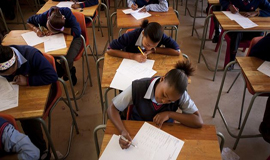




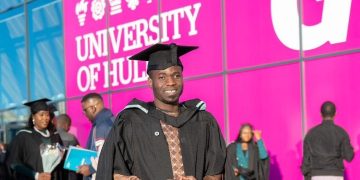



















































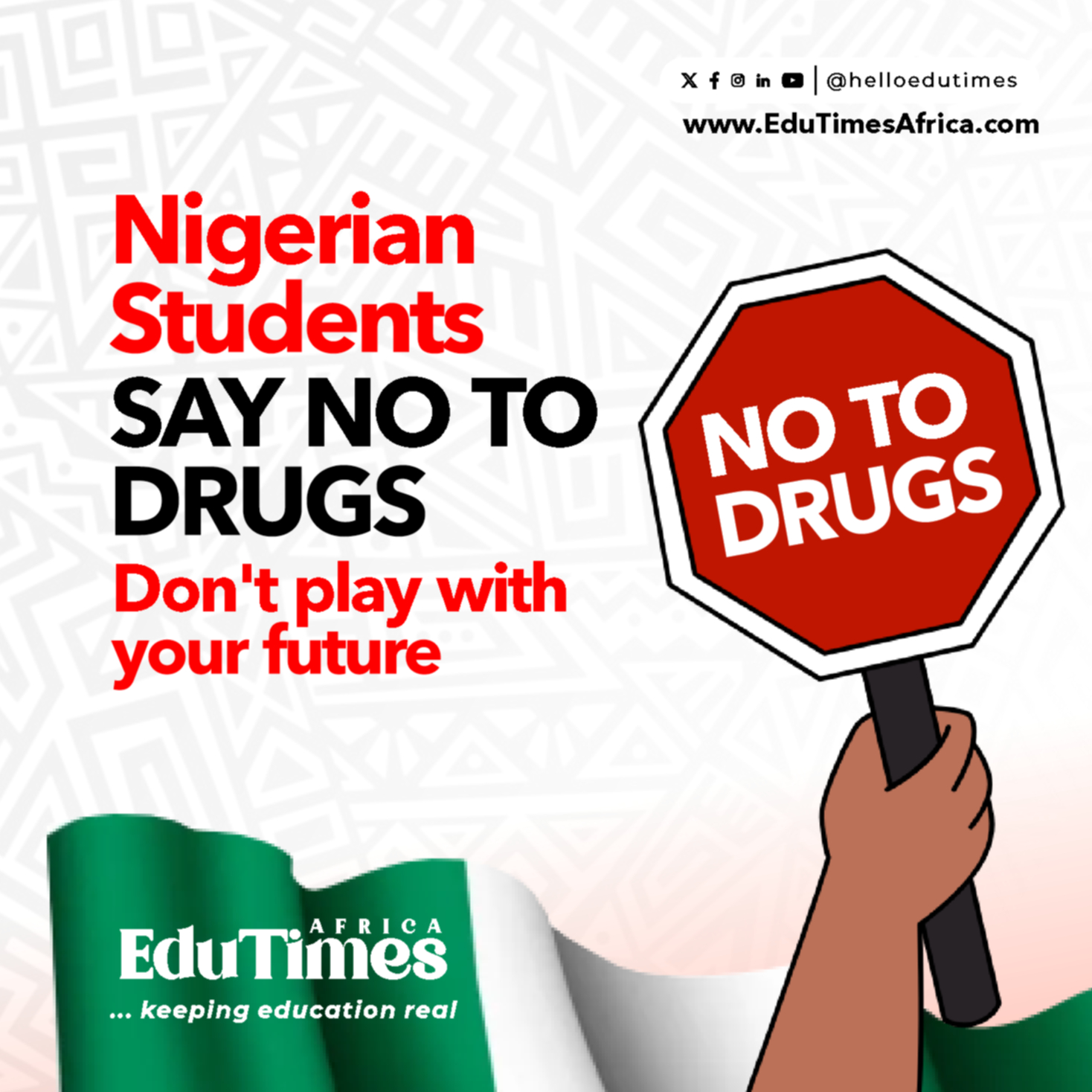


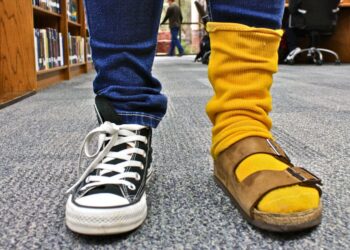














 EduTimes Africa, a product of Education Times Africa, is a magazine publication that aims to lend its support to close the yawning gap in Africa's educational development.
EduTimes Africa, a product of Education Times Africa, is a magazine publication that aims to lend its support to close the yawning gap in Africa's educational development.

